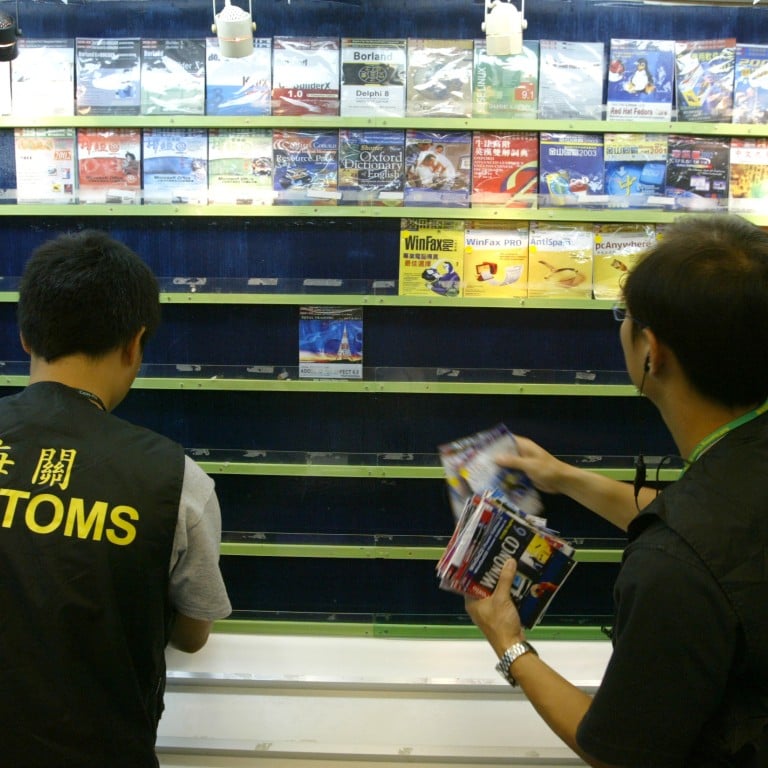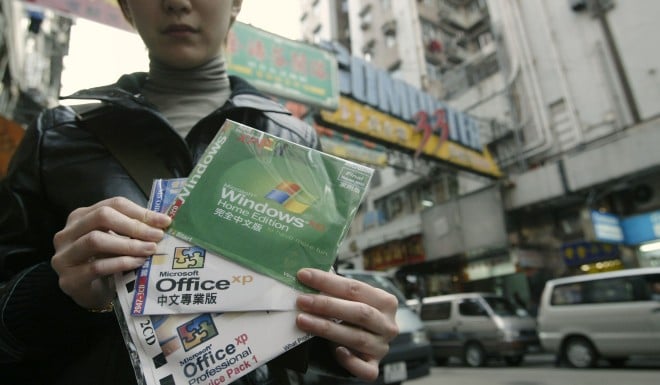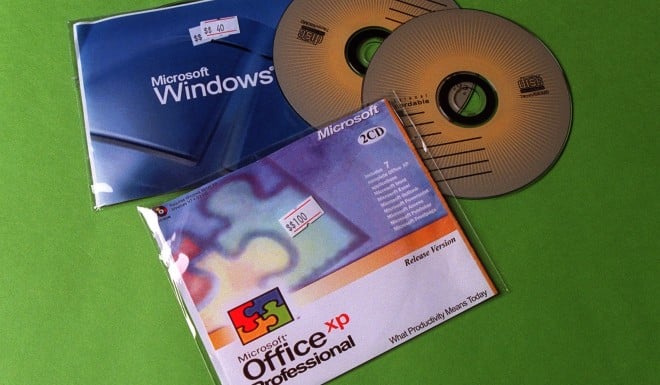
Hong Kong’s Counterfeit Goods Market Stopped Thriving—What Happened?
The city’s faan baan (pirated software, literally “multiplied edition”) industry has been diminished by no less powerful a force than the pressure of progress. It wasn’t so long ago that you would head to Sham Shui Po’s Golden Computer Arcade for your pirated software. The shops would simply comprise CD racks running the length of the wall, stacked with plastic packets with inkjet-printouts of software boxes. Inside the packet was a burned CD, perhaps with a serial number scrawled on in permanent marker.

These were mobile operations. You might go one day and the whole place would have been cleared out. Or you might be browsing and you’d be told to get lost: The shutters would come down and five minutes later the cops would wander past. Five minutes after that, it was back in business.
Much of the faan baan trade has moved on with the advent of convenient internet piracy: Why trek to Sham Shui Po for your pirated movies when you can download a torrent in half the time? Hell, you might even pay for Netflix.
So the knock-off industry in Hong Kong is not quite the powerhouse that it once was. But, as any white person walking down Nathan Road will tell you, it’s not dead just yet. The cries of “Copy watch? Copy watch?” live on still.

There’s actually a whole interior ecology to the counterfeit goods industry. Knockoffs fall into a large variety of grades. In descending order of quality, the fakes available on a sliding scale will range between A For, B For and C For: For (貨) means “goods” or “cargo.”
This term seems to come from jade grading standards: “A” grade jade is the top quality stuff, whereas “B” and “C” grades have been chemically treated to improve their color and luster. Similarly, B and C For knockoffs aren’t very good imitations, whereas A For or Chiu A (super A) For counterfeits can be very high quality, perhaps even made on the sly in the same factory as the original product. The phrase A For has even come to mean “lookalike.”
Still, even Hong Kong’s counterfeit goods industry isn’t booming. Wealthy Chinese tourists come to Hong Kong to buy the real thing, not their A For versions. Meanwhile global shoppers can now go straight to the source: China.
Fakes are now known as saan tsai (山寨), which means “mountain fortress”—recalling the lawless warlords of old, holed up in their fortifications and cut off from the government. To buy a fake as an anti-government gesture? Sounds like the perfect Hong Kong protest.

